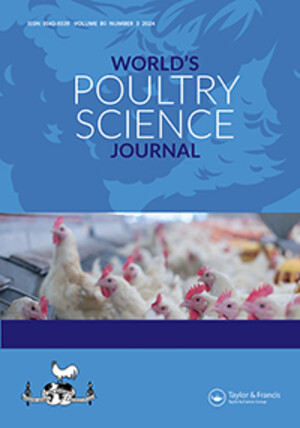
Factors associated with owned-dogs' vaccination against rabies: A household survey in Bobo Dioulasso, Burkina Faso
Abstract
Canine vaccination is an effective means for rabies control, a minimum of 70% dog rabies vaccination coverage is required in endemic areas. According to previous investigations, this recommended coverage is always not achieved in Burkina Faso. This study was carried out to investigate reasons for poor vaccination coverage in canine population. Using a structured questionnaires, a cross-sectional survey was conducted in the city of Bobo Dioulasso to capture data on drivers that affect dog owners' individual decision to vaccinate or not their dogs. Through a house-to-house approach, 239 questionnaires were administrated to dog owners during face to face interviews. The results indicated dog rabies vaccination coverage of 25.9%. Dog breed, origin and confinement status had a significant association with vaccination status (p < 0.05). Owners of exotic and cross-bred dogs were more likely to adopt vaccination compared to owners of local-bred dogs. Dogs of bought origin were significantly more likely to be vaccinated among all dogs. Household characteristics including age of owners, level of education, employment status, means of transportation, perception of vaccination cost and level of knowledge about rabies were significantly associated with the vaccination status (p < 0.05). The oldest dog owners, the owners having high level of education, having a car as means of transportation, having good knowledge of rabies and dog rabies vaccination, being employed and perceiving vaccination cost as affordable were more likely to vaccinate their dogs. Combining community awareness and free dog rabies vaccination approaches could improve the vaccination coverage.
Citation
Savadogo, M., Tialla, D., Ouattara, B., Dahourou, L.D., Ossebi, W., Ilboudo, S.G., Combari, A.H.B., Tarnagda, Z. and Alambedji, R.B. 2021. Factors associated with owned-dogs' vaccination against rabies: A household survey in Bobo Dioulasso, Burkina Faso. Veterinary Medicine and Science 7(4): 1096–1106.










